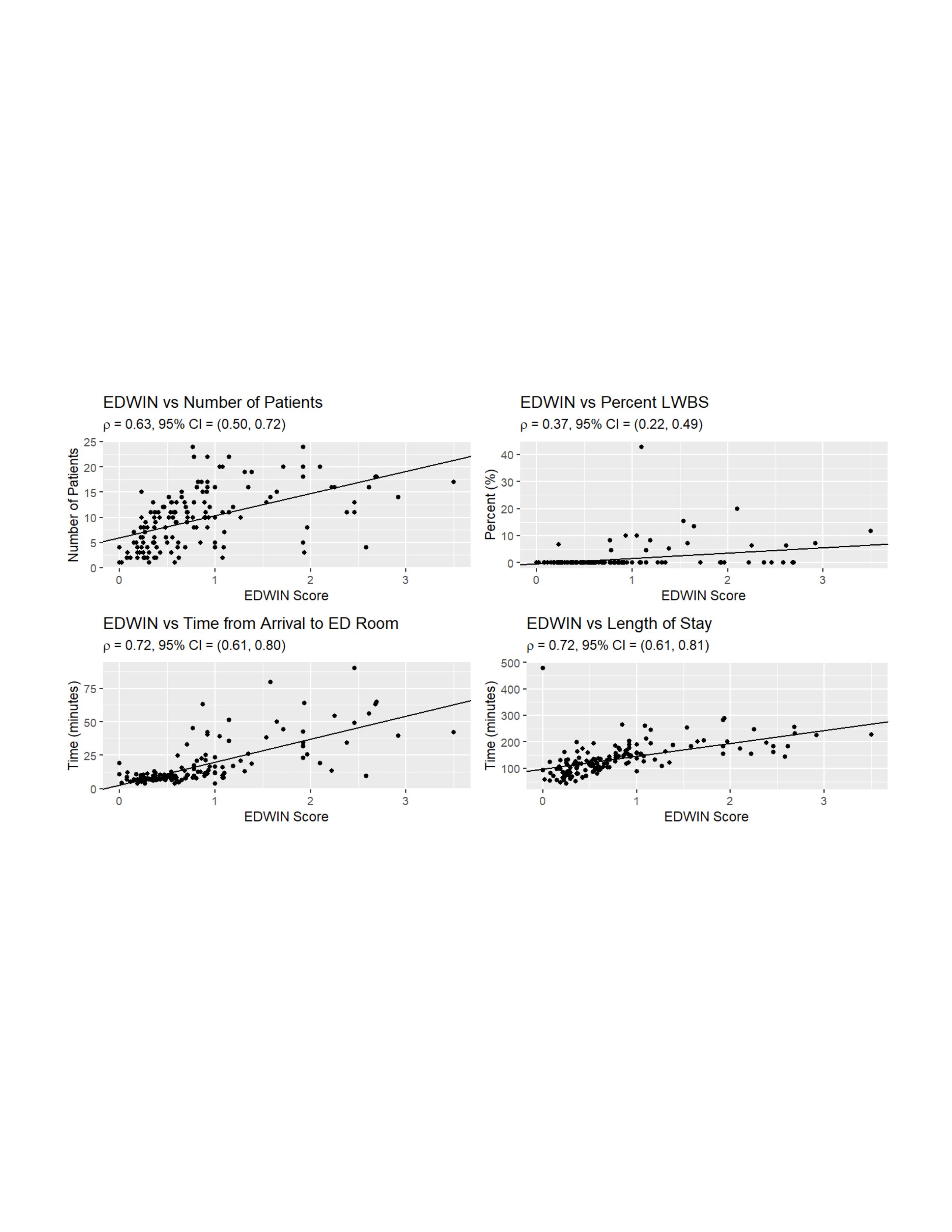Emergency Medicine: All Areas
Emergency Medicine 11
475 - Validation of the Emergency Department Work Index in a pediatric free-standing community emergency department
Sunday, April 30, 2023
3:30 PM - 6:00 PM ET
Poster Number: 475
Publication Number: 475.31
Publication Number: 475.31
Sarah Chen, Nationwide Children's Hospital, Columbus, OH, United States; Greg B. Stewart, Nationwide Childrens Hospital, Columbus, OH, United States; Emily Sentman, Ohio State University College of Medicine, Columbus, OH, United States; Laura Rust, Nationwide Children's Hospital, Columbus, OH, United States; Jeffrey M. Hoffman, Nationwide Children's Hospital, Columbus, OH, United States; Sara Helwig, Nationwide Children's Hospital, Columbus, OH, United States; Maegan Reynolds, Ohio State University College of Medicine, Columbus, OH, United States; Berkeley Bennett, Nationwide Children's Hospital, Columbus, OH, United States

Sarah Chen, MD (she/her/hers)
Fellow
Nationwide Children's Hospital
Columbus, Ohio, United States
Presenting Author(s)
Background: Recently, pediatric emergency departments (EDs) have seen significant increases in visitation rates resulting in overcrowding. Few studies exist regarding the accurate quantification of overcrowding in a pediatric ED. The Emergency Department Work Index (EDWIN) score is often used in adult EDs and is derived from the number of staffed ED beds, attending physicians on duty, patients in each triage category, and admitted patients. To our knowledge, no study has validated the EDWIN score in a pediatric setting.
Objective: We aim to determine if the EDWIN score correlates with previously established measures of overcrowding and provider perception (PP) of overcrowding in this setting.
Design/Methods: In this prospective observational study, the EDWIN score was calculated at a stand-alone, community-based pediatric ED each hour over nine weeks throughout the year. The scores were compared with other objective, previously validated ED metrics, including length of stay (LOS), total number of patients in the ED, number of patients who left without being seen (LWBS), and number of patients in the waiting room. Furthermore, the EDWIN score was compared with PP of overcrowding by surveying providers six times a day during the study period. Spearman correlation coefficients were calculated to characterize the associations between EDWIN score vs. PP and EDWIN score vs. ED metrics.
Results: 289 PP survey responses were collected between July and September 2022. The EDWIN score ranged from 0.00 to 4.08 with a median of 0.60 (< 0-1.5 is active but manageable, 1.5-2.0 very busy but not overcrowded, and >2.0 is extremely busy and severely overcrowded). The EDWIN score directly correlated with all measures of overcrowding, including PP of crowdedness (rho=0.674, p< 0.0001), total number of patients in the ED (rho=0.625, p< 0.0001), LWBS rates ((rho=0.369, p< 0.0001), average time from arrival to ED room (rho=0.722, p< 0.0001), and average LOS (rho=0.722, p< 0.0001).
Conclusion(s): Our preliminary analysis suggests that the EDWIN score is an accurate tool to measure overcrowding in a stand-alone, community-based pediatric ED setting.
.jpg)

